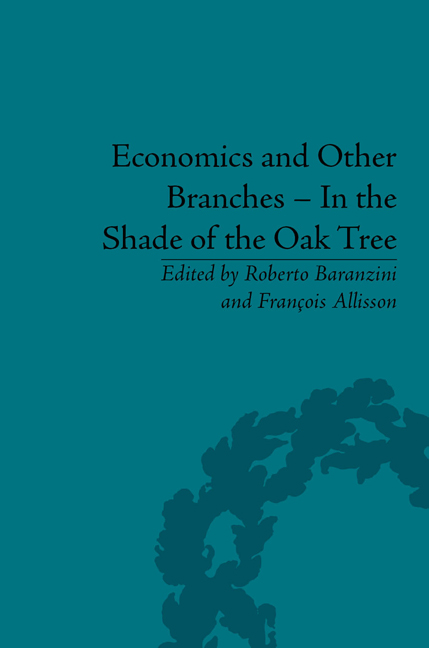Book contents
- Frontmatter
- CONTENTS
- List of Contributors
- List of Figures and Tables
- Introduction
- Pascal Bridel's Bibliography (up to 2013)
- Part I Léon Walras's Economic Thought
- Part II The Spreading of Thought
- Léon Walras's Reception
- The Lausanne School
- French Matters
- Cambridge UK
- Part III Monetary Theory
- 14 Financial Stability: The Role of Central Banks
- 15 The Fisher Relation in the Great Depression and the Great Recession
- 16 Endogenous Money in an Elementary Search Model: Intrinsic Properties versus Bootstrap
- 17 Digression on the Relations between Anthropology and Economics on the Topic of ‘Primitive’ Currencies: A Page in the History of Thought
- Part IV Methodology
- Part V Economics and Humanities
- Economics and Social Sciences
- Some Insights from Visual Arts
- Part VI Economics and Civil Society
- Notes
- Index
14 - Financial Stability: The Role of Central Banks
from Part III - Monetary Theory
- Frontmatter
- CONTENTS
- List of Contributors
- List of Figures and Tables
- Introduction
- Pascal Bridel's Bibliography (up to 2013)
- Part I Léon Walras's Economic Thought
- Part II The Spreading of Thought
- Léon Walras's Reception
- The Lausanne School
- French Matters
- Cambridge UK
- Part III Monetary Theory
- 14 Financial Stability: The Role of Central Banks
- 15 The Fisher Relation in the Great Depression and the Great Recession
- 16 Endogenous Money in an Elementary Search Model: Intrinsic Properties versus Bootstrap
- 17 Digression on the Relations between Anthropology and Economics on the Topic of ‘Primitive’ Currencies: A Page in the History of Thought
- Part IV Methodology
- Part V Economics and Humanities
- Economics and Social Sciences
- Some Insights from Visual Arts
- Part VI Economics and Civil Society
- Notes
- Index
Summary
Introduction
The recent financial crisis has highlighted the vulnerability of today's globally integrated financial system and the dismal consequences of financial instability for the broader economy. The deficiencies of the pre-crisis policy consensus on the way to deal most effectively with financial stability risks have also been laid bare.
An important first lesson of the recent experience is that price stability is not sufficient for preserving financial stability. Indeed, while monetary policy had been increasingly successful in containing inflation and reducing macroeconomic volatility during the ‘Great Moderation’, it was not able to prevent a large-scale build-up of financial imbalances, which, subsequently, induced a severe global recession and potentially long-lasting welfare losses.
A second lesson is that the predominant microprudential approach to financial regulation focusing on the stability of individual financial institutions is not sufficient for system-wide stability.
The recent crisis has thus raised fundamental questions concerning the optimal macroeconomic policy framework – and the role of the central bank – as we move forward. Two issues stand out in particular: how can we improve our ability to contain systemic risks to financial stability knowing that, in case of adverse shocks, these risks can materialize with devastating consequences for the broader economy? And, more specifically, how and to what extent can central banks sustainably contribute to ensuring financial stability while pursuing price stability as their primary mandate?
- Type
- Chapter
- Information
- Economics and Other Branches – In the Shade of the Oak TreeEssays in Honour of Pascal Bridel, pp. 179 - 190Publisher: Pickering & ChattoFirst published in: 2014



